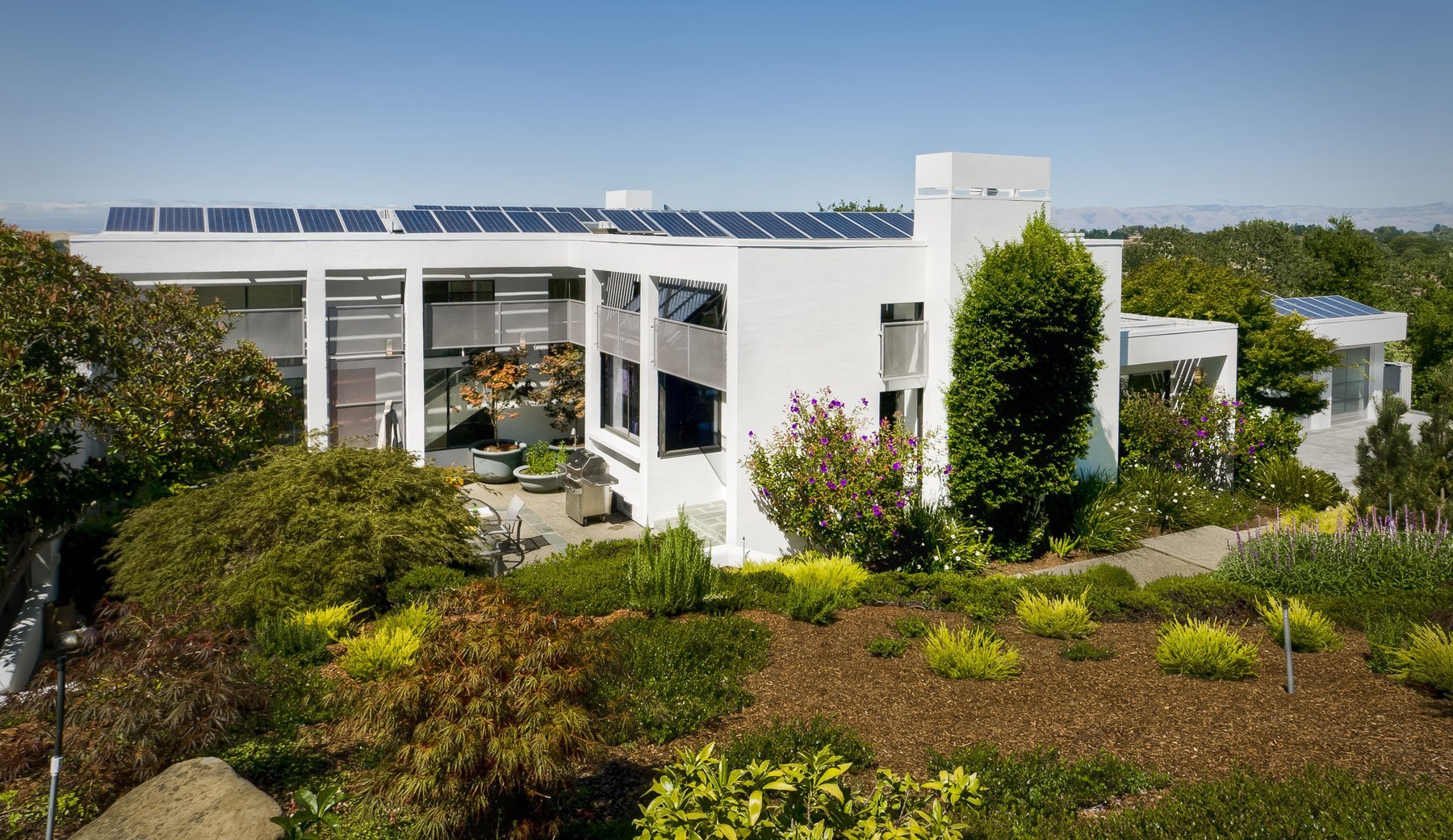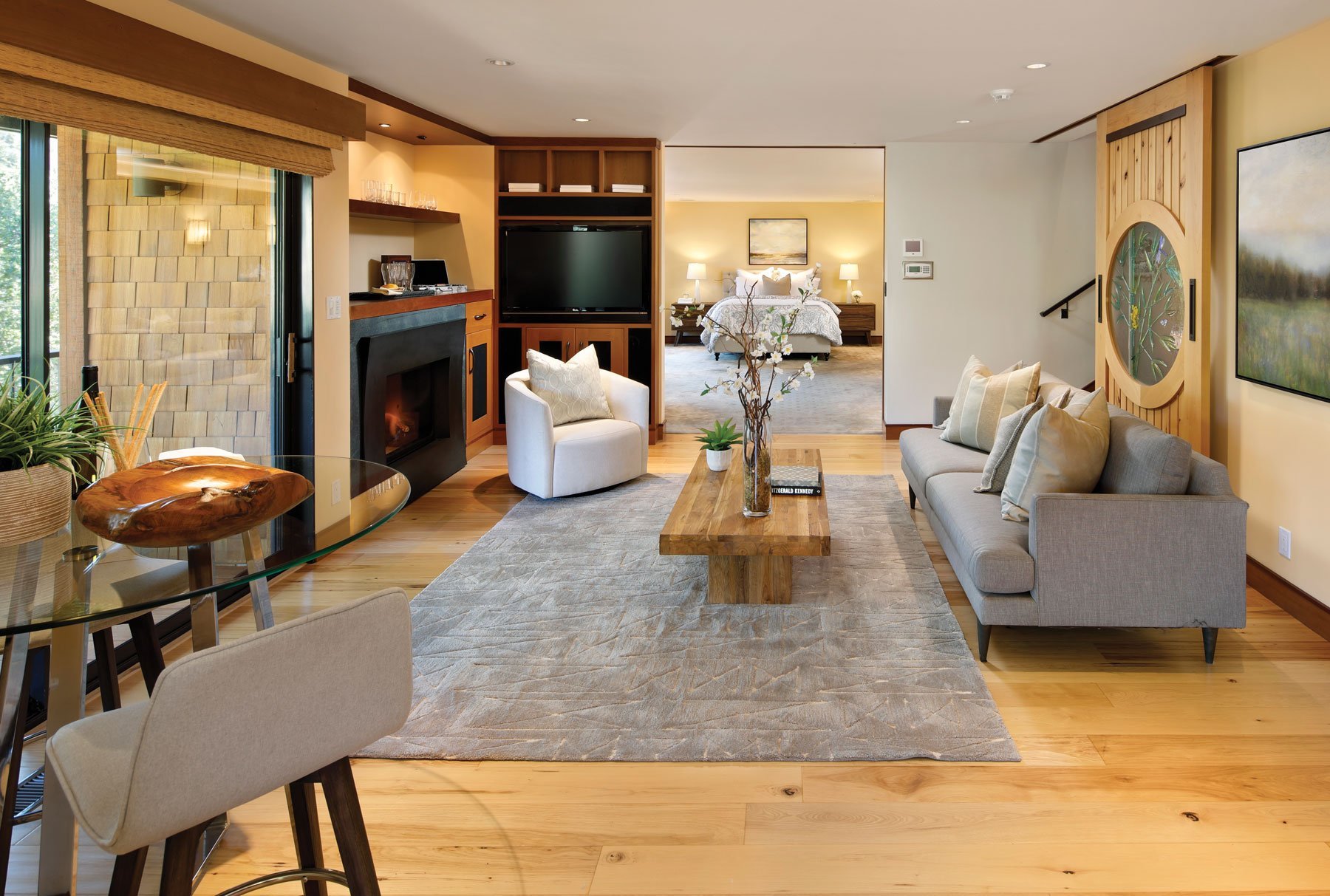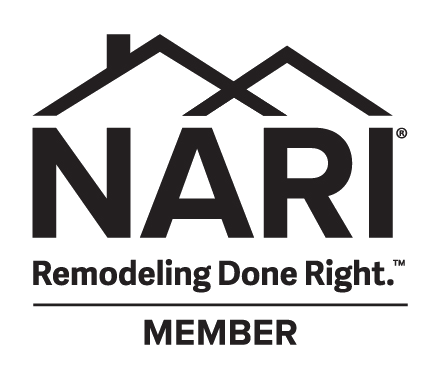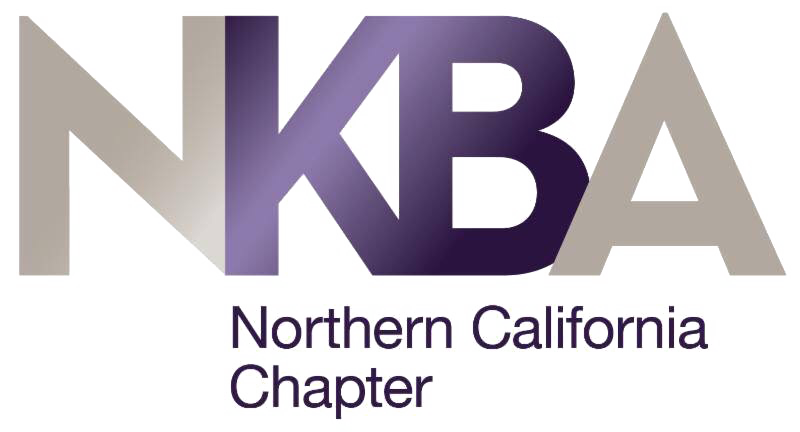Green Building Explained
What is Green Building
According to the World Green Building Council, a green building is one that, “in its design, construction, or operation, minimizes or eliminates negative impacts and creates positive impacts on our climate and natural environment.” Green buildings preserve natural resources and improve our quality of life.

LEED (Leadership in Energy and Environmental Design) provides a framework for efficient, healthy, and cost-effective green building. Spearheaded by the U.S. Green Building Council, LEED is the most widely recognized green building rating system in the world, LEED certified buildings are a symbol of the highest level of sustainability.
Any building can be green: a shopping center, an office complex, a school, hospital, library, and a residence, provided they include and meet specific requirements and features such as:
- Efficient use of energy, water and other resources
- Renewable energy (i.e. solar)
- Reduction of pollution and waste along with recycling and re-use
- Use of non-toxic, sustainable, and ethical materials
- Improved indoor air quality
- Consideration of the environment and the inhabitants in design, demolition, construction, and operation
Harrell Designer and Code Specialist, Rafael Gomez, explains that after World War II, housing was built very rapidly to meet demand. “These post-war homes were not necessarily healthy or durable. They used materials that not only stripped our planet’s natural resources but also could unknowingly expose residents to lead paint and other toxic chemicals. With the increased global awareness of the importance of environmentally sustainable practices, green building has emerged as an all-encompassing process with the mission of creating long-lasting structures that take the health of the Earth and humans into account.”
When building a home, or remodeling in California, there are green building guidelines that must be followed, as California has its own green building standards, called CALGreen. The first state-mandated green building code in the nation, CALGreen measures are applied to planning, design, operation, construction, use, and occupancy of all new construction as well as remodels and additions.
CALGreen addresses five areas of construction and remodeling:
- Planning and design
- Energy efficiency
- Water efficiency and conservation
- Material conservation and resource efficiency
- Environmental quality
Every city must comply with CALGreen code standards and can also choose to enforce a higher level of green building requirements. “Palo Alto has been pioneering the green building movement in Silicon Valley for years,” says Rafael. These enhanced local city ordinances create “reach code” standards that go above and beyond those required by the state.
To encourage homeowners to upgrade to more energy efficient appliances or materials, many cities offer rebate incentive programs for installation of green alternatives such as solar panels, electric water heaters, and electric vehicle charging stations.
Palo Alto is spearheading California’s mission to have zero emission buildings by the year 2045. Many other cities and states are taking the same initiative, joining efforts with contractors and developers to make remarkable progress toward this mission of a carbon neutral future. Energy efficiency in new construction is exceeding the 2020 target of 33 percent.
“At Harrell Design + Build, we integrate the mandatory green building measures into each stage of a project,” states Rafael. “Depending upon the size and scope of the construction, there are also prescriptive measures we must take into account, such as roofing, insulation, and windows.”
Recycling construction material plays a significant part in green building. “Harrell Design + Build pays close attention to the recycling rules for all our projects,” Rafael explains. “It is our responsibility to meet the recycling requirements, and to salvage and repurpose materials for a second life.”
Rafael shares that some homeowners want to go even farther with making their residence environmentally friendly. Studies show that one in three Millennials want a home that is sustainable and eco-friendly. “Whether our clients simply want to meet the minimum green building standards, or want to make their homes as environmentally friendly as possible, Harrell Design + Build is here to help facilitate that.”

Myths about Green Building
There are a lot of misunderstandings and falsehoods surrounding green building. Below are just a few of the misconceptions and explanations dispelling those myths.
Green building is more expensive
According to Gina Rodda, principal owner of Gabel Energy, the upfront cost of an eco-friendly building is indeed more expensive but after year ten, the return on investment kicks in. The energy efficiency of a sustainable home results in considerable savings over time. And, because of the use of non-toxic materials and enhanced indoor air quality, the occupants enjoy better health and reduced medical costs.
Green building is not as efficient as traditional construction
Construction using green building is still a new process but when applied properly, which is where CALGreen and other code mandates come in, it can be exceptionally efficient in all phases.
Green building is just a fad
With our reliance on oil, escalating fuel costs, and the negative impacts we’ve made on our planet, we’ve reached a point where we need to pivot. And a large part of that pivot is the implementation of global green building practices. The green approach to construction is constantly evolving and requires diligence but this environmentally responsible and responsive process is here to stay. It saves resources, energy, and increases the health and wellbeing of occupants.
If a product has the Green label on it, it must be green
Unfortunately, this label isn’t an indicator of a product’s sustainability. It simply means the manufacturer complied with minimal criteria. Often, these are also less expensive options that lure consumers with the label and a lower price. To determine if a product is truly eco-friendly, ask a professional for advice.
If you are considering a remodel, addition, or construction of an ADU on your Silicon Valley or mid-Peninsula property, green building practices will come into play. Having been in the Design + Build industry since 1985, Harrell Design + Build understands the process and importance of these sustainable practices. We invite you to reach out and schedule an appointment with one of our award-winning designers to discover how we can make your home healthy and beautifully sustainable.





